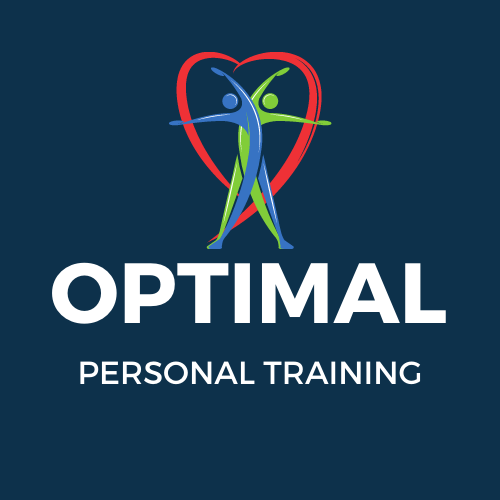A Beginners Guide to Mastering Exercise and Nutrition, Part III

A Beginners Guide To Mastering Exercise and Nutrition, Part II
January 30, 2020
A Beginners Guide to Mastering Exercise and Nutrition: Part 4- Weight Training Continuum
October 31, 2020Starting an exercise and Nutrition Program: Important things to remember
Warm up: Warming up for 5-10 minutes, gradually increasing intensity up to 70% target heart rate (THR) on aerobic exercise equipment such as a treadmill before exercising will increase blood flow throughout the body. This increase in blood flow will fuel the muscles for activity performed during the workout. By being properly warmed before exercise, muscles are less likely to be injured, and will perform better during the workout.
Target Heart Rate: THR is the ideal number of heart beats per minute at which one should perform aerobic exercise. The concept of achieving THR is not a perfect science, as it may fluctuate 10-15% in either direction depending on your level of fitness, but it is a useful calculation to approximate the level of intensity at which one should exercise. The American College of Sports Medicine (ACSM) recommends a THR between 60-90% of maximum heart rate (MHR = 220-minus age).
You can determine your own THR through
the simple calculation provided here:
THR-lower range = MHR (220-Age) x 60% _______
THR-higher range = MHR (220-Age) x 90% _______
Stretching before exercising: There is no significant research that indicates stretching before exercise can help muscles perform better or prevent injury. However, if you have a tendency to experience muscle tightness and/or prefer to stretch before exercise, do so only after a warm-up period, and perform the stretches slowly and cautiously for 15-20 seconds per body part.
Weight Training: Depending on your goal, there are many weight training methods that can be used to design an individualized workout. The following section of this booklet will expand on weight-training methods. The intent of this section is to give you practical and helpful information to make your current workout programs more efficient and safer. If you do not have a current workout program or experience in designing an exercise program you may benefit from the services of a Personal Trainer. There are also numerous books available on designing weight-training programs that would complement this booklet. I will however provide simple to follow beginner’s workouts in later in this booklet. Whatever your program, it should follow the basic scientific principals of exercise physiology: specificity, progressive overload, and FITT (frequency, intensity, time and type). These principals will be reviewed in the following chapters.
During the first few weeks your focus will be to:
1. Move the weight slowly and steadily through a prescribed range of motion, emphasizing as much control as possible.
2. Adhere to the appropriate rest periods between sets (see “Weight Training Continuum”).
3. When an exercise starts to feel too easy, increase the load by the smallest amount possible; usually five to ten percent.
4. Rest at least 48 hours before working the same muscle groups again.
Aerobic Exercise: Aerobic exercise can be defined as continuous, repetitive, rhythmic, moderate intensity (60-90% THR), long duration (20 minutes or longer not including warm up or cool down), and using the same muscle groups. After a weight-training session is an excellent time to do your aerobic exercise because you are likely to use more fat as energy in the later part of your workout. ACSM recommends aerobic exercise at your THR 3-5 days each week for 30-45 minutes.
Post Exercise Cool Down:
Stretching: After exercising is an excellent time to spend 5-15 minutes stretching all your major muscle groups. Since the muscles are warm and more elastic after a workout, they are less likely to be injured and more likely to receive a lasting benefit. A good stretching of the muscles can reduce stress on joints, ligaments and other soft tissues and may provide significant relief for those who suffer from stiff or achy joints.
Aerobic: An aerobic cool down for 5-10 minutes at 60-70% THR after exercise will help prevent muscle soreness, muscle tightness, and injury.
“The beginning is the most important part of the work.”
— Plato

